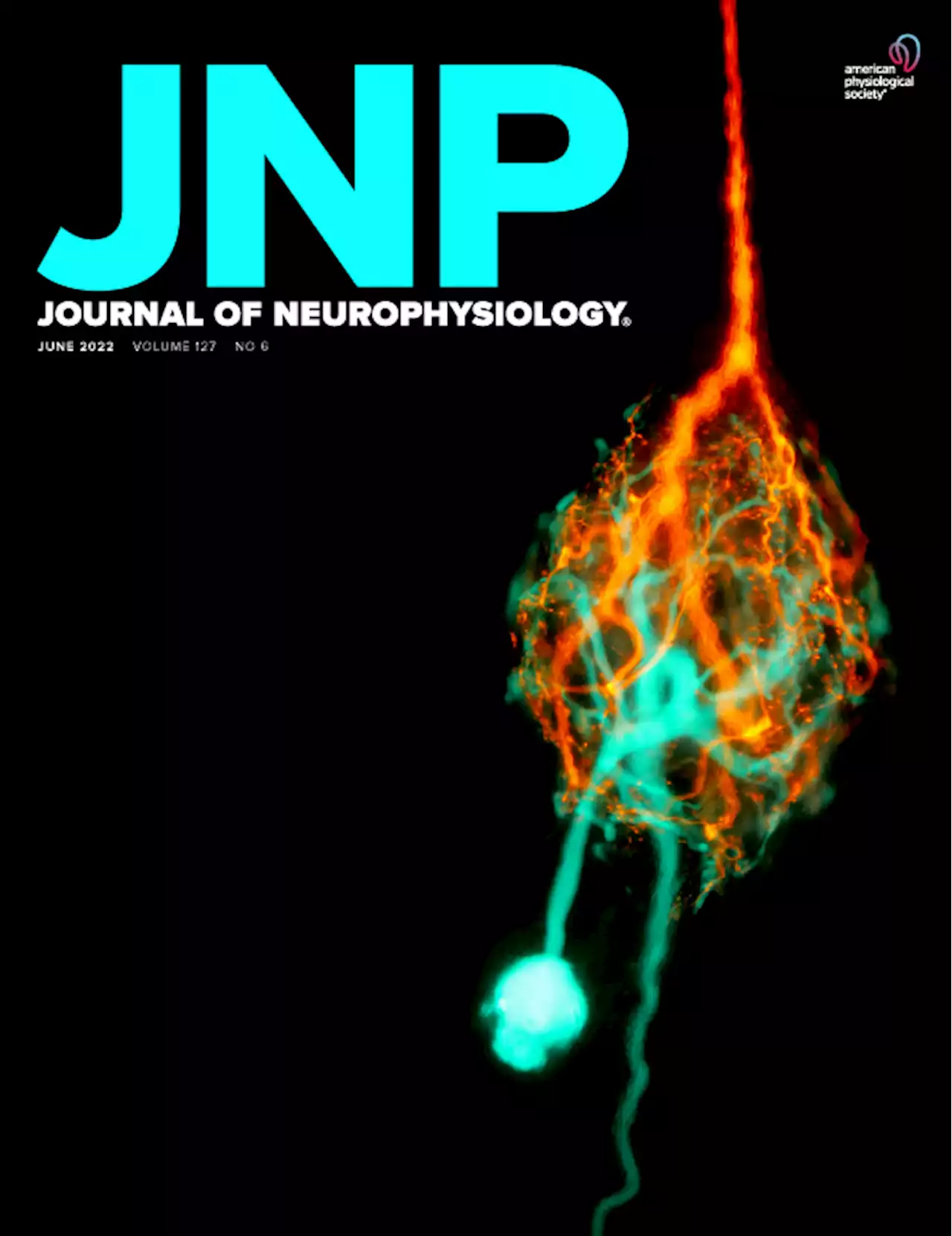Game of Thrones' star Emilia Clarke says she is lucky to be able to communicate after two brain aneurysms
July 19, 2022 - 19:30 BST Rebecca Lewis Game Of Thrones' star Emilia Clarke has revealed that parts of her brain are"no longer usable" after she suffered a brain aneurysm in her twenties.The actress, 35, shared how lucky she feels to be able to communicate and"live my life completely normally with absolutely no repercussions," after the aneurysms in 2011 and again in 2013.
"Strokes, basically, as soon as any part of your brain doesn’t get blood for a second, it’s gone,” she continued."And so the blood finds a quicker, a different route to get around but then whatever bit it’s missing is therefore gone."Emilia shared her diagnosis with fans in 2019 in an article for The New Yorker.
The British-born star, who found fame as Daenerys Targaryen on Game of Thrones, was in a gym in London in 2011 when she was hit with the first one. "I was so fatigued that I could barely put on my sneakers. When I started my workout, I had to force myself through the first few exercises," she wrote."Then my trainer had me get into the plank position, and I immediately felt as though an elastic band were squeezing my brain. I tried to ignore the pain and push through it, but I just couldn’t."Emilia has since created a charity for brain injury and stroke victims called SameYou.
Canada Latest News, Canada Headlines
Similar News:You can also read news stories similar to this one that we have collected from other news sources.
 'Wonderful' mum dies in freak accident celebrating son's 21st birthdayDebbie Kirby tragically suffered an 'unsurvivable' brain injury, an inquest heard
'Wonderful' mum dies in freak accident celebrating son's 21st birthdayDebbie Kirby tragically suffered an 'unsurvivable' brain injury, an inquest heard
Read more »
 GluN3 subunit expression correlates with increased vulnerability of hippocampus and entorhinal cortex to neurodegeneration in a model of temporal lobe epilepsy | Journal of NeurophysiologyTemporal lobe epilepsy (TLE) is the most common type of epilepsy in adults that is often refractory to antiepileptic medication therapy. Neither the pathology nor the etiology of TLE is fully characterized, although recent studies have established that the two are causally related. TLE pathology entails a stereotypic pattern of neuron loss in hippocampal and parahippocampal regions, predominantly in CA1 subfield of the hippocampus and layer 3 of the medial entorhinal area (MEA), deemed hallmark pathological features of the disease. Through this work, we address the contribution of glutamatergic N-methyl-d-aspartate receptors (NMDARs) to the pathology (vulnerability and pattern of neuronal loss), and by extension to the pathophysiology (Ca2+-induced excitotoxicity), by assaying the spatial expression of their subunit proteins (GluN1, GluN2A, GluN2B, and GluN3A) in these regions using area-specific tissue analysis (ASTA), a novel methodology for harvesting brain chads from hard-to-reach regions within brain slices for Western blotting. Our data suggest gradient expression of the GluN3A subunit along the mid-lateral extent of layer 3 MEA and along the CA1-subicular axis in the hippocampus, unlike GluN1 or GluN2 subunits that are uniformly distributed. Incorporation of GluN3A in the subunit composition of conventional diheteromeric (d-) NMDARs yield triheteromeric (t-) NMDARs which by virtue of their increased selectivity for Ca2+ render neurons vulnerable to excitotoxic damage. Thus, the expression profile of this subunit sheds light on the spatial extent of the pathology observed in these regions and implicates the GluN3 subunit of NMDARs in hippocampal and entorhinal cortical pathology underlying TLE. NEW & NOTEWORTHY The role of the GluN3 subunit in NMDAR-mediated pathophysiology underlying TLE is not known. Here, we demonstrate using ASTA (area-specific tissue analysis) that its expression in specific regions of the entorhinal cortex and the hippocampus is correlat
GluN3 subunit expression correlates with increased vulnerability of hippocampus and entorhinal cortex to neurodegeneration in a model of temporal lobe epilepsy | Journal of NeurophysiologyTemporal lobe epilepsy (TLE) is the most common type of epilepsy in adults that is often refractory to antiepileptic medication therapy. Neither the pathology nor the etiology of TLE is fully characterized, although recent studies have established that the two are causally related. TLE pathology entails a stereotypic pattern of neuron loss in hippocampal and parahippocampal regions, predominantly in CA1 subfield of the hippocampus and layer 3 of the medial entorhinal area (MEA), deemed hallmark pathological features of the disease. Through this work, we address the contribution of glutamatergic N-methyl-d-aspartate receptors (NMDARs) to the pathology (vulnerability and pattern of neuronal loss), and by extension to the pathophysiology (Ca2+-induced excitotoxicity), by assaying the spatial expression of their subunit proteins (GluN1, GluN2A, GluN2B, and GluN3A) in these regions using area-specific tissue analysis (ASTA), a novel methodology for harvesting brain chads from hard-to-reach regions within brain slices for Western blotting. Our data suggest gradient expression of the GluN3A subunit along the mid-lateral extent of layer 3 MEA and along the CA1-subicular axis in the hippocampus, unlike GluN1 or GluN2 subunits that are uniformly distributed. Incorporation of GluN3A in the subunit composition of conventional diheteromeric (d-) NMDARs yield triheteromeric (t-) NMDARs which by virtue of their increased selectivity for Ca2+ render neurons vulnerable to excitotoxic damage. Thus, the expression profile of this subunit sheds light on the spatial extent of the pathology observed in these regions and implicates the GluN3 subunit of NMDARs in hippocampal and entorhinal cortical pathology underlying TLE. NEW & NOTEWORTHY The role of the GluN3 subunit in NMDAR-mediated pathophysiology underlying TLE is not known. Here, we demonstrate using ASTA (area-specific tissue analysis) that its expression in specific regions of the entorhinal cortex and the hippocampus is correlat
Read more »
 Tsunoda hopes new psychologist stops his ‘overheating brain’ in F1 carAlphaTauri F1 driver Yuki Tsunoda admits “my brain” gets too “overheated” sometimes when he’s driving and hopes a new Red Bull-hired psychologist can help him to manage it. Full story ⬇️
Tsunoda hopes new psychologist stops his ‘overheating brain’ in F1 carAlphaTauri F1 driver Yuki Tsunoda admits “my brain” gets too “overheated” sometimes when he’s driving and hopes a new Red Bull-hired psychologist can help him to manage it. Full story ⬇️
Read more »
